In this ongoing look at significant moments in the history of video game design, we have already taken a look at Bungie's Halo, Bioware's MDK2, Nintendo's Mike Tyson's Punch-Out and several others. The goal of this series is to go beyond simple gaming magazines and iPhone app reviews, and take a closer look at what defines memorability and quality in game design. In this seventh part of the series we will examine some more of those classic moments where video game designers undoubtedly got it right and delivered a memorable, enduring and progressive gaming experience.
The Elder Scrolls IV: Oblivion (Multi-platform) - Bethesda's fourth entry in their Elder Scrolls series, Oblivion is by far the most complete. While not as large as Daggerfall or as ambitious as Morrowind, Oblivion surpassed them both in terms of functionality, playability and overall stability. Fixing much of what was wrong in Morrowind, Oblivion maintained a massive world and incredibly varied mission structure, but did so in the absence of most of the bugs that plagued the earlier entrants in the Elder Scrolls series.
As is the theme of this series, we must focus on a particular aspect of Oblivion and single out its quality as it relates to game design. Oblivion is another title that absolutely drips with impressive features, so it is a bit of a challenge to pick a single one out of the crowded bunch. Still, if we must we must, so for this article we will examine one of the less talked about aspects of Oblivion, its incredibly well thought out enemy item inventories.
Now, even the most experienced gamers may be asking themselves: What are enemy item inventories? These inventories are the items that enemies are holding on their person at any given time throughout the game. These are the items that can be pick-pocketed from unaware characters, looted from defeated enemies, or snatched from the corpses of fallen warriors and monsters. It is this system that guarantees difficult battles reward the player with sufficient loot and ensures that players are never left in the middle of nowhere without any health or means to defend themselves. Subtle, but incredibly crucial to the enjoyment of the game, this system is still flawed in Oblivion, but works well enough to merit attention.
For all of the questionable enemy inventory choices (why in the world would a ghost in the middle of an underground dungeon be carrying gold pieces), there are some incredibly valuable and memorable ones. One that stood out for this gamer involved small moments that made a huge impact on my level of game world immersion. The incident I will single out here involved a simple battle with a cave dwelling ghoul. The battle was short, as the unarmored ghoul took a couple of arrows to the chest and fell face first into his permanent resting place. After plucking my two arrows from his body I noticed that, beyond his ragged clothing, he had only one other item on his person - a wooden spoon. It was this single wooden spoon that truly immersed me in the world of Oblivion. Picturing this little ghoul scouring for food, battling critters and trying to survive...yet using a spoon to eat with rather than his bare hands, was enough for me to decide that, come hell or high water, I was going to complete this massive game and see all that it had to offer.
Part of what makes the game so memorable is that Oblivion is absolutely filled with little moments like this one. Whether it is the riveting diary of a fallen traveler or the unique enchanted bow of an enemy archer, the game is littered with moments where battles, exploration and crimes alike are rewarded with items that push the game's story and immersion into previously uncharted depths.



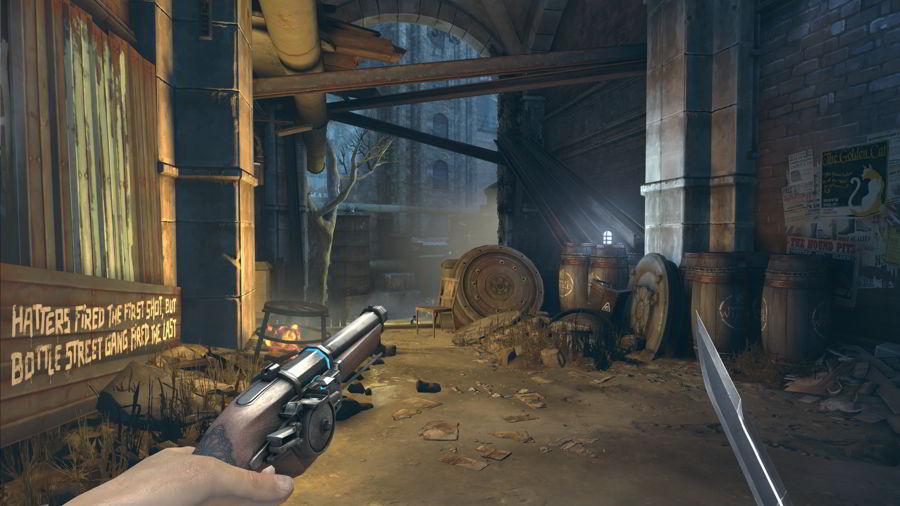
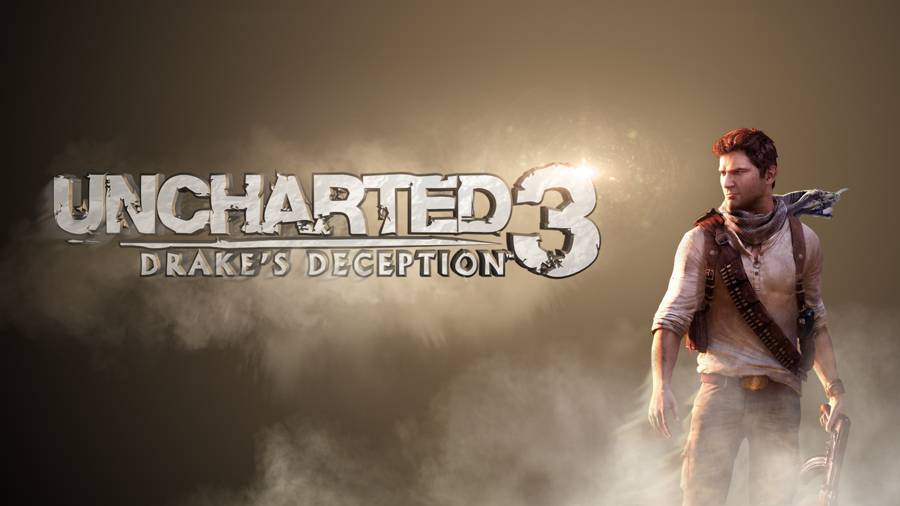
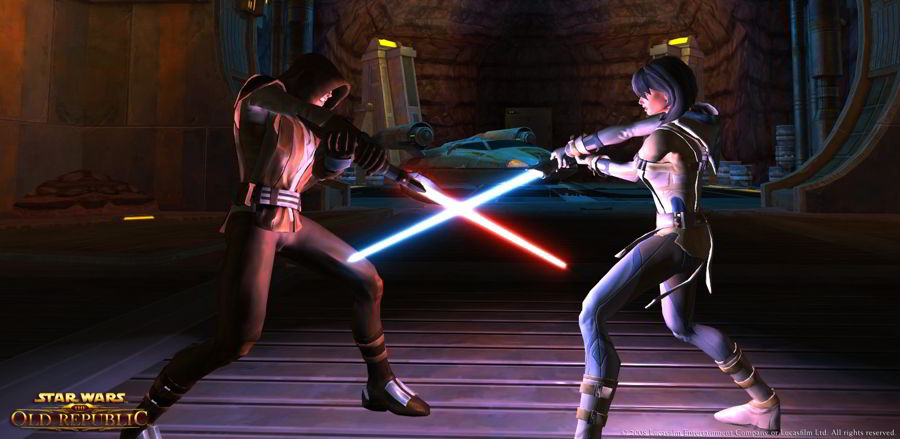
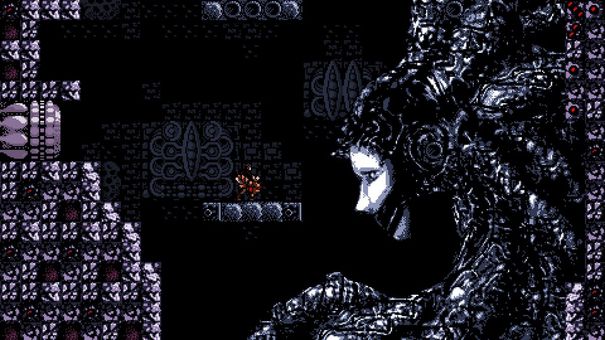 . Plays, 4th April 2015
. Plays, 4th April 2015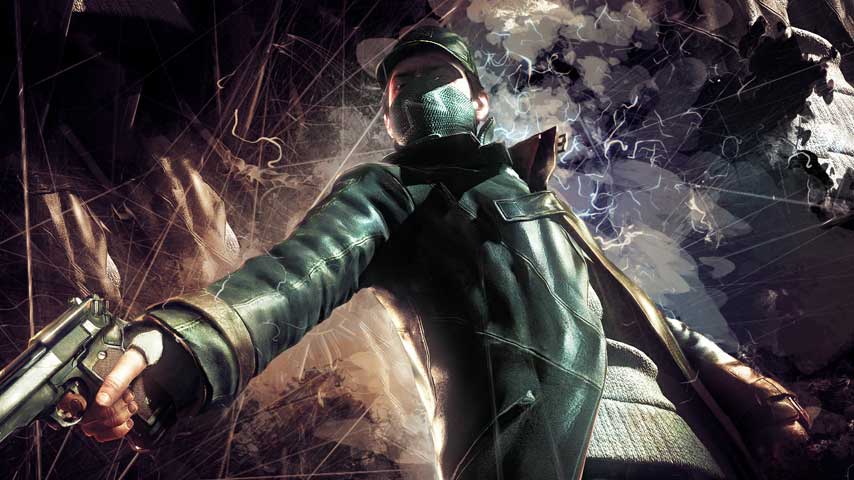 Watch Dogs: Not The Pizza Guy – meet Jordi, interrogate Fixer boss
Watch Dogs: Not The Pizza Guy – meet Jordi, interrogate Fixer boss The Best Minecraft Seeds
The Best Minecraft Seeds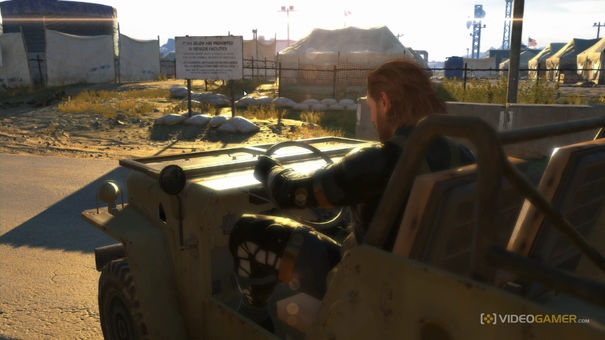 Sniper Elite 4: 5 Games Rebellion Can Learn From
Sniper Elite 4: 5 Games Rebellion Can Learn From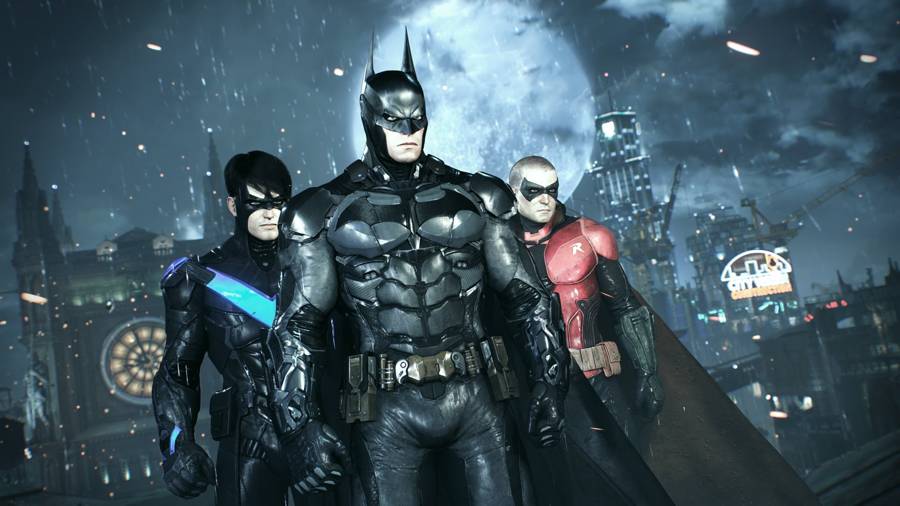 Batman Arkham Knight Guide: Heir To The Cowl Guide
Batman Arkham Knight Guide: Heir To The Cowl Guide